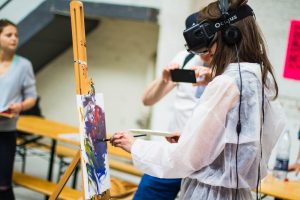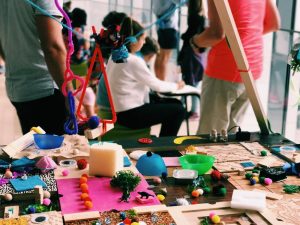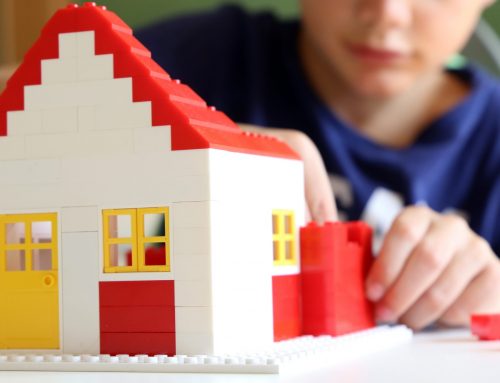What Does STEM Stand For?
For five years now, I have run the STEM program at my school. When originally designing the program, I chose the name STEM for accountability of the work that we would be doing:
- It’s a Science class
- We would be using lots of different and new Technologies
- Students would be involved in Engineering design processes
- Math is the language of science.
This was also the beginning of the STEM craze. There was a much stronger push to incorporate STEM ideas, lessons, and pedagogy into existing science and math classes. STEM concepts have been around for a while. Not until recently have there been so many agents of change pushing for better and more robust STEM standards.
It is not surprising that as STEM grew, new branches of programming were added, and these modified the name. Most prevalently is STEAM, the addition of arts to the STEM acronym. Ironically, my background is in art education and the addition of arts to my program was there from day one. One might ask why the change and what are the differences with these two teaching styles?

At my alma mater, Arizona State University, there has been a recent linking of engineers and artists. This was not a mistake, but a carefully planned course of action to expose new answers to difficult problems. Since the thinking pathways of engineers and artists are different, so too must be the conclusions they come to when they encounter a problem.
A few times a year at ASU, engineering students convene with art students to discuss and explore different viewpoints to concurrent projects. This has opened the door to a host of new ideas that were never thought of or anticipated.
Using Arts to Solve STEM Problems
By adding an artistic component to a STEM program, the teacher allows access to a different approach with brainstorming and problem interpretation. This also allows students who do not typically align themselves as “engineers” or “scientists” to have a crack at solving complex problems.
In my class, many ideas that are selected as a viable solution come from students who do not readily identify themselves as STEM thinkers. Alternatively, many of these same students grow an affinity to think more deeply and take risks with solutions to problems of which they may not have an abundance of background knowledge.

Fostering the change from STEM to STEAM
How does one foster the change from STEM to STEAM? It is simply adding some form of artistic option for students to explore the content in the class. Our first major project deals with astronomy and the understanding of components of the universe. Students in the STEM program have the option of creating an artistic interpretation of one or more concepts in the curriculum. These projects are typically stunning and find solutions to explaining the complexity of the cosmos in beautiful detail.
One must also allow students to change their way of thinking. Creativity becomes a key component and a teacher must allow students to explore all avenues of brainstorming, no matter how outside-the-box the solutions might be. If you are having trouble doing this yourself, I recommend the book A Whole New Mind by Dan Pink. Appreciating the mind of a child in all its capacities and limitations will truly open many doors for students solving complex STEM problems.

What’s Next?
I am not sure what acronym will be gracing the headlines and conventions is years to come. I predict that we will see a merging of other core content areas, like English and Social Studies. The most important factor of any STEM, STEAM, or related program are the engineering and design processes. This is what I believe is the core of any program and what makes STEM unique. Whether you are a STEM teacher that focuses on science, STEAM with an emphasis on math, or something that has a little of everything, remember that the thinking part is most critical. It is the component that will best prepare students for future success.







Leave A Comment